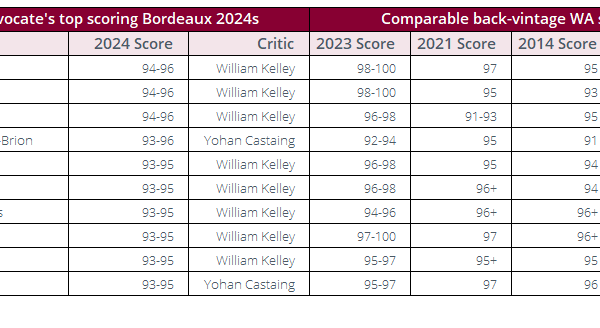- Germany has accounted for 19% of RoW’s trade by value year-to-date.
- Egon Müller dominates the list of most traded wines by value.
- The USA is the biggest buyer of German wine in 2021.
The fine wine market has traditionally been dominated by age-worthy reds. But Germany has long offered an alternative with its finest whites – despite a slow start on the secondary market.
Records of valuable Rieslings date back to the 15th century. Since the noughties, they have made up 98% of Germany’s share by value on the secondary market. No other region’s collectible market is so reliant on white wine, or on a single grape variety.
The broadening of the fine wine market has positively benefitted the country. Increased exposure, more critical attention, and easier global access thanks to technology have led to a 662% rise in the number of German wines trading (LWIN11s) between 2017-2020.
To date, Germany has accounted for 19% of trade by value in the Rest of the World category. Back in 2019, it took just 2.2%, rising to 16.3% last year.
As the secondary market expands, what other German trends are emerging?
Top 10 German wineries
Weingut Keller in Rheinhessen tops the list of the most traded producers by value since 2002.
Keller took 66th place in the 2020 Power 100, becoming the first German brand to feature in the global rankings. The winery, which has a cultish following, also made it into the 2nd tier of the Liv-ex Classification 2019, based solely on price. The 2021 classification will be released next month.
And while Mosel producers dominate the list, Weingut Reichsrat von Buhl from the Pfalz makes an appearance.
Schloss Johannisberg, famous for its claim to have discovered late harvest wine, and an early adopter of Riesling, is the most traded from the Rheingau.
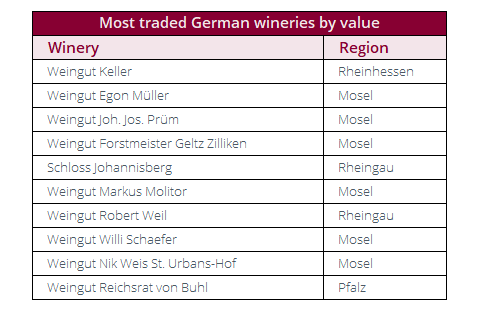
Most traded German wines
So far this year, nine of the 10 most traded wines by value come from the Mosel. Seven of them are from Weingut Egon Müller in Scharzhof, known as one of the most expensive vineyards for white wine in the world.
Recent vintages, 2018 and 2019, lead the way. Both were highly praised by American critic James Suckling.
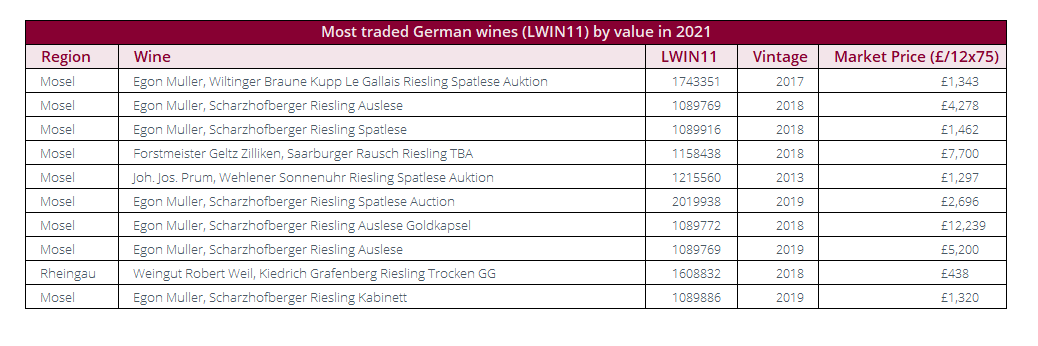
Beyond Mosel
And while the Mosel still leads trade by value in 2021, other sub-regions are increasingly attracting buyers.
The southernmost regions of Baden and Pfalz, where some of Germany’s top Spätburgunder (Pinot Noir) is produced, have taken 0.2% each and even the miniscule Ahr has recorded a little trade (0.1%).
A sign of hope for Germany’s reds in the future?
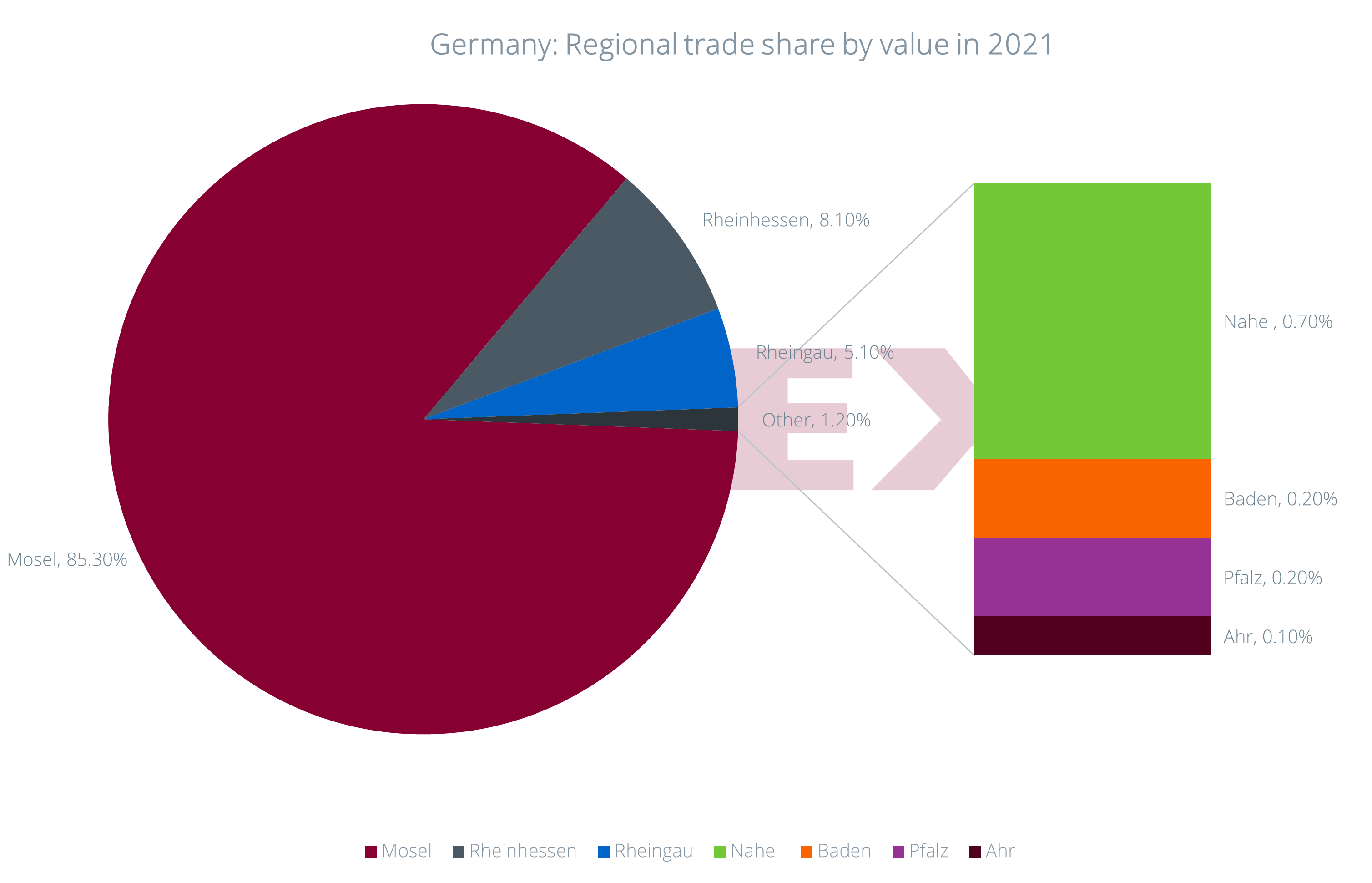
As for other white grape varieties, dry Weissburgunder (Pinot Blanc) and Germany’s accessible style of Grauburgunder (Pinot Gris) are also finding their feet on the secondary market.
Main markets – a developing American story
Buying demand for German wine used to be UK-led. Now it is predominantly in the hands of American buyers.
In the year-to-date, the USA has bought 70% of German wines traded on Liv-ex, as the global marketplace has facilitated trades of German wines offered by European merchants to active buyers from across the pond.
Another contributing factor to the growth of German wines in the secondary market is increased critical attention. Regional reports by prominent American publications like JamesSuckling.com and The Wine Advocate have driven interest in Germany’s quality wines.
In 2021, the UK has accounted for a 26% of share of German wine buying, and Asia for 4%.
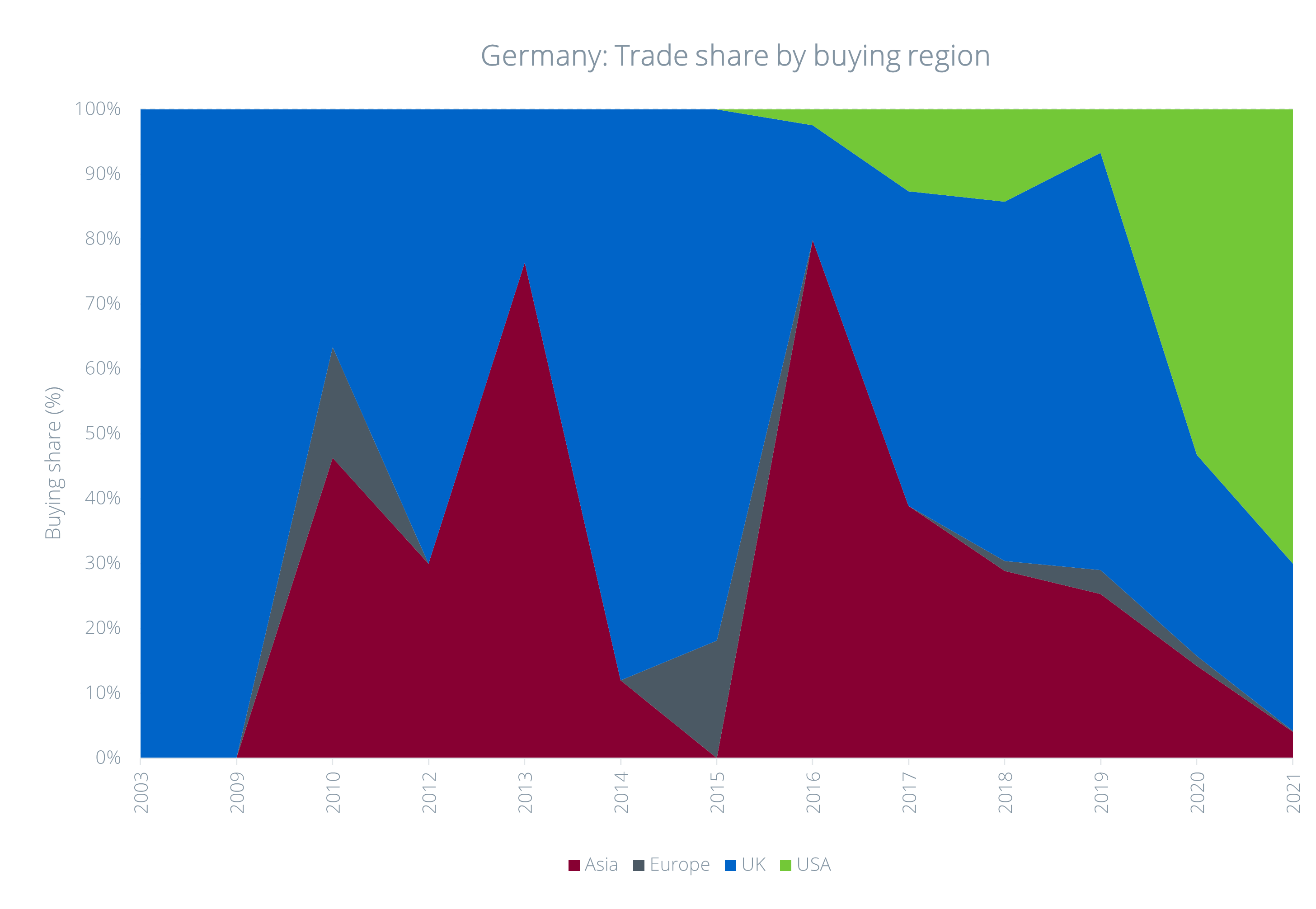
How is fine wine buying changing? Our special report discusses wine merchants’ preferred buying channels and the increasingly important role of technology in the trade.

